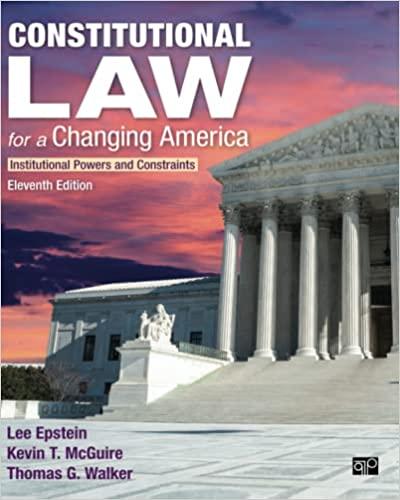CASE SUMMARY 5.1 Contestant Takes a Tumble: Crocker v. Sundance Northwest Resorts Ltd.1 Mr. Crocker went to the Sundance ski resort and participated in an inner tube race run by the resort for the entertainment of its patrons. The competition involved going down a steep portion of the ski hill containing many moguls, which caused the inner tubes and participants to be bounced around like "rag dolls." Crocker entered the competition by signing, but not reading, an entry form that con- tained a waiver absolving the ski hill of responsibility. The first time he went down the hill he won his heat, but by the second heat it was clear he had been drinking and the opera- tors suggested he not compete. He had consumed several drinks at the bar and some brandy given to him by the driver of the beer van. Crocker insisted on continuing in the competition and when he dropped his tube down the hill, the operators supplied him with another. On his second run he was thrown from the inner tube and seriously injured. The Supreme Court of Canada found that the resort organized a dangerous compe- tition for commercial gain. It owed a duty to be careful, especially to visibly intoxicated participants where the potential for injury was great-potentially more so than with sober individuals. Although Crocker was initially cautioned not to proceed with the second run, Sundance later supplied him with a replacement tube. The resort thus failed its duty to keep intoxicated contestants from competing and injuring themselves and because of its negligence, was liable for the injuries suffered Sundance asserted the defence that Crocker had voluntarily assumed the risk, point- ing to the signed waiver. The Court rejected the volenti non fit injuria argument. By voluntarily participating in the race, Crocker had assumed only the physical risk, not the legal risk. The signed waiver didn't apply since he had not read it and insufficient steps were taken to alert Crocker of its presence in the entry form. However, Crocker had also been negligent. Because of his contributory negligence Crocker was held responsible for 25 percent of the loss. The case illustrates the requirement of the existence of a duty of care, use of the reasonable person test to determine whether sufficient care was exercised, and demon- strates the operation of contributory negligence in reducing the award of damages. It further illustrates the significant restriction on the defence of volenti non fit injuria, which can only be used where there is an assumption of both the legal risk and the physical risk. DISCUSSION QUESTIONS So what is an event organizer to do to eliminate its potential liability? Is it ever safe to rely solely on waivers? Is backup protection in the form of insurance a virtual necessity







